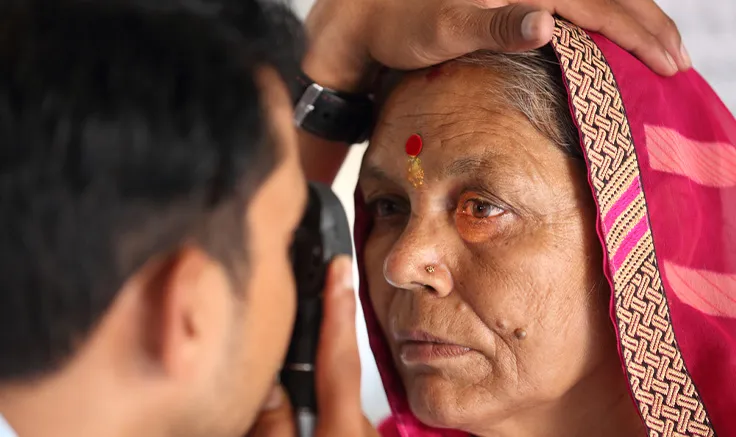- Home |
- About Us |
- Services |
- Our Doctors |
- Resources |
- Contact Us |
- Book Appointment
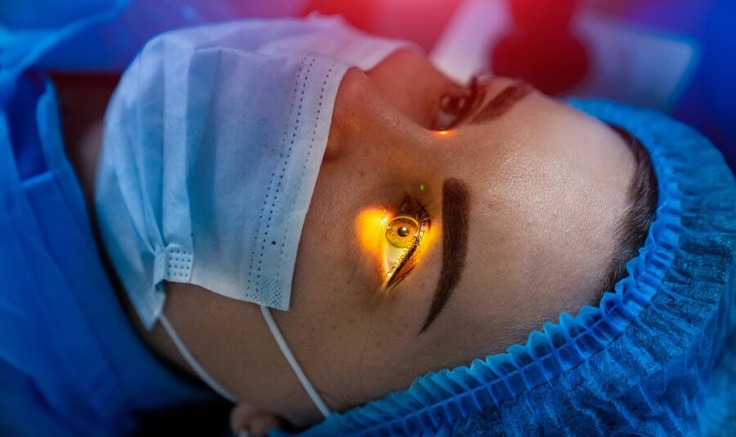
What is Refractive surgery ?
Are you ready to experience a life free from glasses or contact lenses? Visit Kailash Eye Care in Patel Nagar, Delhi, where Dr. Naginder Vashisht, a leading expert in refractive surgery, provides personalised vision correction treatments using state-of-the-art technology. Whether you’re struggling with nearsightedness (myopia), farsightedness (hypermetropia), astigmatism, or presbyopia, we’re here to help you achieve clear vision without the hassle of glasses or contacts.
At Kailash Eye Care, we understand that every patient’s eyes are unique. That’s why we offer customised vision correction solutions, tailoring each treatment plan specifically to your needs. Our goal is to help you achieve sharp, natural vision with the latest advancements in LASIK and Implantable Collamer Lens (ICL) procedures.
Book Appointment
What Is Refractive Error? Understanding Common Vision Problems
Refractive errors are common eye conditions that prevent light from focusing correctly on the retina, leading to blurry vision. A refractive error is like having a camera that’s out of focus—when your eye doesn’t focus light correctly, things look blurry. Here are the most common types of refractive errors:
-
1. Myopia (Nearsightedness):
Think of your eye as a projector placed too far from the screen. You can see things close up clearly, but distant objects are blurry.
Myopia, or nearsightedness, causes nearby objects to be clear, but distant ones appear blurry. This occurs when the eye is longer than normal or the cornea is too steep. It is often detected in childhood and may worsen as they grow. Myopia is one of the most common refractive errors and can be effectively treated with LASIK surgery.
-
2. Hypermetropia (Farsightedness):
It’s like having a projector placed too close to the screen. Distant objects appear clear, but reading a book or looking at your phone can be difficult.
Farsightedness makes distant objects clearer than near ones. If you experience difficulty reading or using your phone, you may have hypermetropia. This occurs when the eye is shorter than normal or the cornea is too flat. LASIK can be a great solution for farsightedness.
-
3. Astigmatism:
Imagine looking through a slightly curved window—everything appears distorted.
Astigmatism causes blurry or distorted vision, as though looking through a warped window. It occurs when the cornea has an irregular shape, leading to light focusing unevenly. LASIK surgery can effectively correct astigmatism, improving both near and distance vision.
-
4. Presbyopia:
When you start holding your phone or book farther away to read it, that’s presbyopia.
As you age, the natural lens inside your eye loses flexibility, making it harder to focus on nearby objects. This condition, known as presbyopia, typically begins around age 40. While reading glasses may help, presbyopia can also be corrected with certain refractive surgery options.
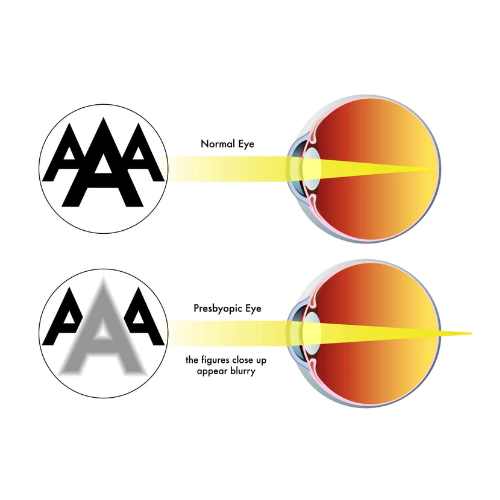
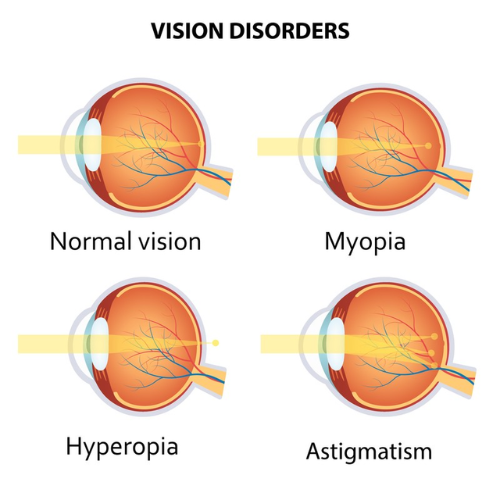
Whether you are struggling with one of these conditions or a combination, Dr. Vashisht provides advanced vision correction treatments that can restore your clear sight.
Treatment Options for Clear Vision
Achieving clear vision and reducing dependence on glasses or contact lenses is possible with advanced laser vision correction and lens-based procedures. Whether you're dealing with refractive errors like nearsightedness, farsightedness, astigmatism, or presbyopia, these treatments offer solutions tailored to your specific needs. Below, we explore the most effective options available.
A. Laser Vision Correction
Laser vision correction involves reshaping the cornea to correct common refractive errors. Below are the most popular laser treatments:
PRK (Photorefractive Keratectomy)
Purpose: PRK is a surface-based treatment that corrects vision by removing the outer layer of the cornea..... .
Advantages:
- No flap creation, minimizing the risk of flap-related complications.
- Ideal for patients with thin corneas or corneal irregularities.
- Proven long-term outcomes for improving vision.
LASIK (Laser-Assisted In Situ Keratomileusis)
Purpose: LASIK is the most widely performed laser eye surgery. It involves creating a thin flap in the cornea,
Advantages:
- Quick recovery, with most patients returning to normal activities within a day.
- Minimal discomfort during and after surgery.
- Excellent outcomes, with many patients achieving 20/20 vision or better.
Bladeless Femto LASIK
Purpose: Bladeless Femto LASIK is an advanced form of LASIK where a femtosecond laser (VisuMax) ...
Advantages:
- Blade-free, resulting in more precise and safer flap creation.
- Lower risk of complications compared to traditional LASIK.
- Faster recovery and reduced risk of dry eye symptoms post-surgery.
SMILE (Small Incision Lenticule Extraction)
Purpose: SMILE is a minimally invasive laser eye surgery that reshapes the cornea by creating and
Advantages:
- No flap creation, reducing potential complications.
- Faster recovery time with less risk of dry eyes postoperatively.
- Minimally invasive procedure with a high success rate.
B. Lens-Based Procedures
Lens-based procedures are often the best option for individuals with high refractive errors, presbyopia, or thin corneas who may not be suitable for laser treatments. These procedures focus on replacing or enhancing the natural lens of the eye. Below are some of the most popular lens-based treatments:
ICL (Implantable Collamer Lens)
Purpose: The ICL is an advanced lens implant procedure that is suitable for individuals...
Advantages:
- Reversible procedure, allowing the lens to be removed or replaced if necessary.
- Excellent for patients with high refractive errors (nearsightedness).
- Quick recovery and minimal risk of complications.
Refractive Lens Exchange (RLE)
Purpose: Refractive lens exchange involves removing the natural lens of the eye and replacing it...
Advantages:
- Permanent vision correction for both nearsightedness and farsightedness.
- Can address refractive errors and treat early stages of presbyopia.
- Suitable for patients with high refractive errors that cannot be corrected with laser surgery.
PRELEX (Presbyopic Lens Exchange)
Purpose: PRELEX is designed for individuals with presbyopia, the age-related loss of near vision.
Advantages:
- Corrects presbyopia and other refractive errors, reducing dependence on reading glasses.
- Provides excellent vision at multiple distances, allowing patients to see clearly at close, intermediate, and far ranges.
- Improves quality of life for those who are tired of constantly switching between reading glasses and distance glasses.
Myths & Facts
- Myth: "It must hurt a lot!"
- Fact: Not at all! Most patients say it's more comfortable than a dental cleaning. We use special numbing drops, and any mild discomfort afterwards feels like having a bit of dust in your eye - it goes away quickly!
- Myth: "I'll need to get it redone every few years."
- Fact: Good news - the changes we make are permanent! Once your vision is corrected, it stays that way. Think of it like reshaping a piece of clay - once it sets, it keeps its new shape.
- Myth: "I'll be stuck at home recovering forever."
- Fact: You'll be surprised how quick it is! Most of our patients are back to work in a few days. Some even watch TV the same evening after surgery!
- Myth: "I'm too old for this."
- Fact: Age is just a number! What matters is your eye health. Whether you're 25 or 55, if your eyes are healthy, you could be a perfect candidate. Just ask Dr. Vashisht!
Did You Know?
Here's an eye-opening fact: about 1 in 5 people in India need vision correction! It's especially common in cities where we spend lots of time looking at phones, computers, and tablets. That's why regular eye check-ups are so important.
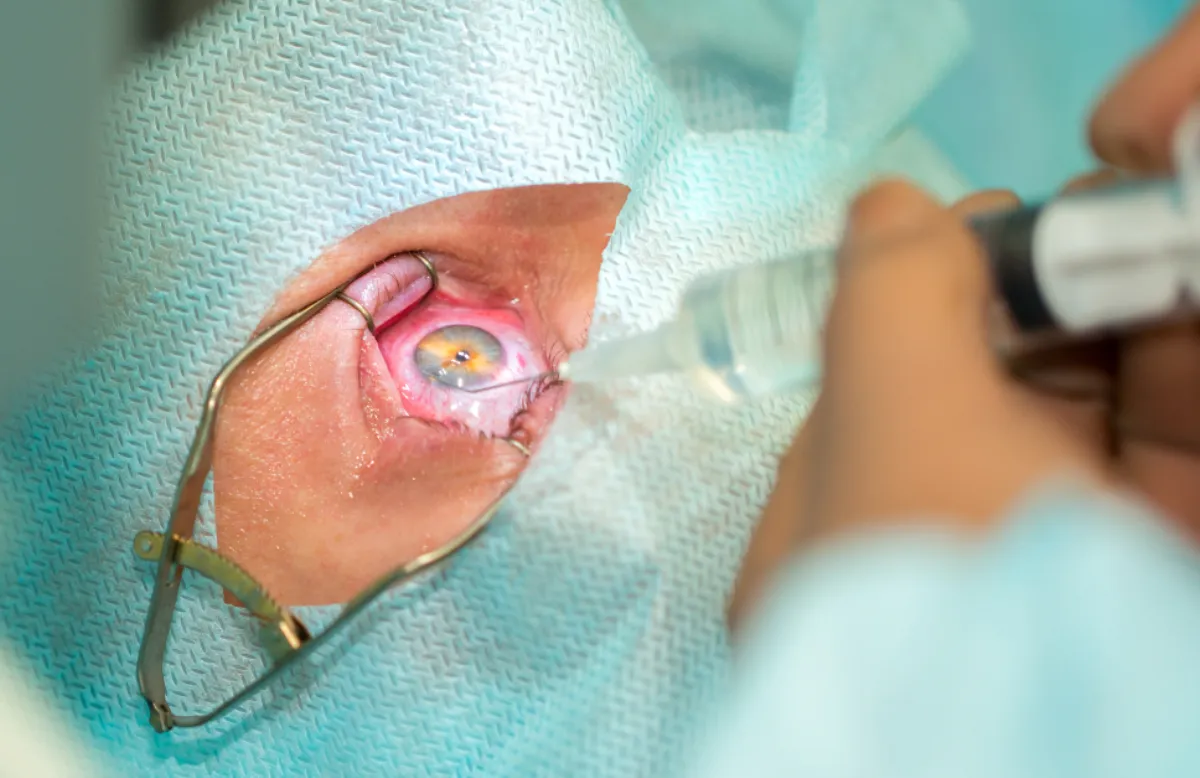
Book an Appointment Today at Kailash Eye Care!
If you're ready to reduce your reliance on glasses or contacts, contact us to schedule a consultation. Learn more about how laser vision correction or lens-based procedures can help you achieve clear, crisp vision.
Book Appointment

